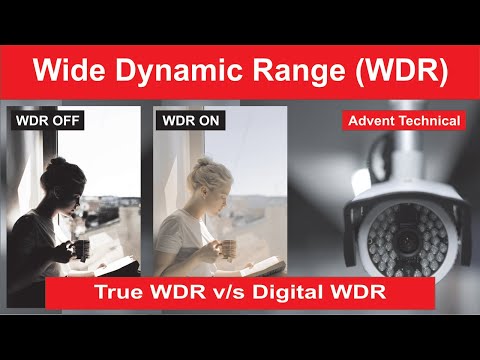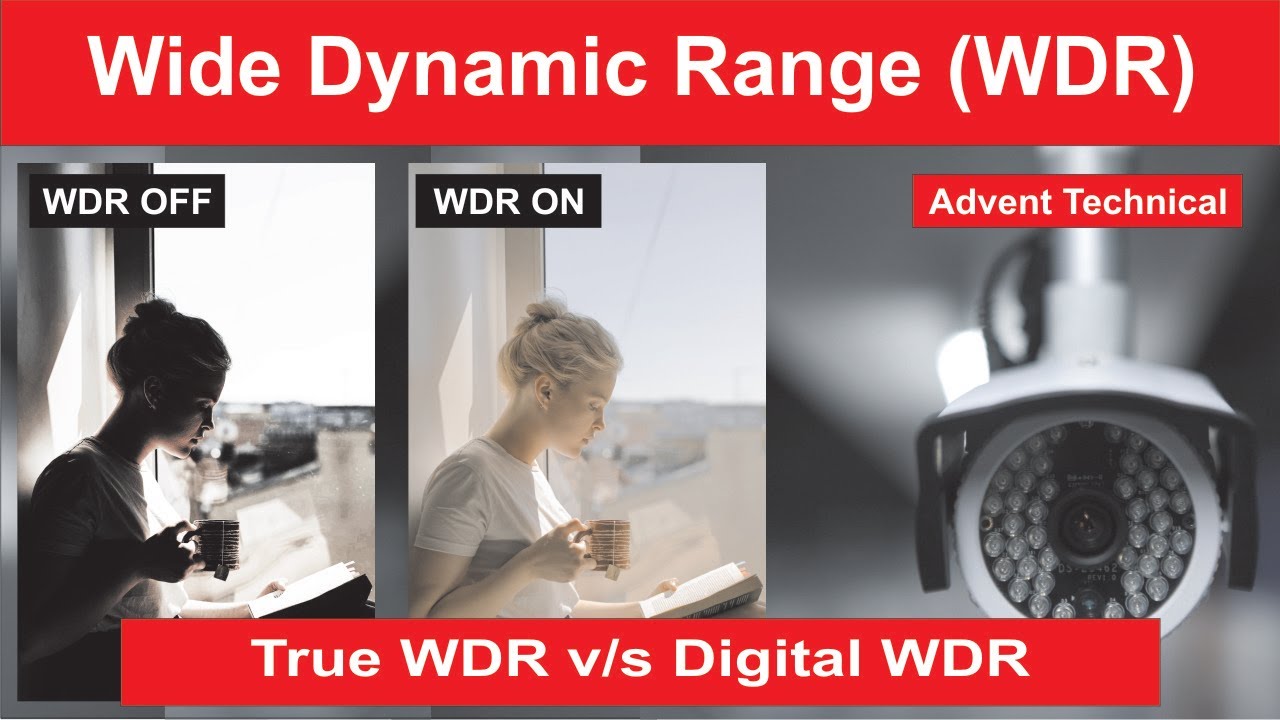WDR on dash cam is a revolutionary technology that enhances your driving experience like never before. With its advanced capabilities, this feature ensures crystal clear footage, even in challenging lighting conditions. Whether you’re driving at sunrise, sunset, or in low-light environments, WDR (Wide Dynamic Range) technology intelligently adjusts the exposure to capture every detail with remarkable clarity. Imagine never having to worry about capturing important moments on the road again. Dash cam equipped with WDR brings your recordings to life, offering vibrant colors, sharp contrasts, and accurate highlights and shadows. This means you can confidently rely on your dash cam to capture crucial evidence in case of accidents or other unexpected events. Furthermore, WDR on dash cam goes beyond just image quality. It also ensures optimal visibility during nighttime driving. By reducing glare from oncoming headlights and streetlights, this technology allows you to have a clear view of the road ahead, enhancing your safety and peace of mind. Don’t settle for blurry or washed-out footage anymore. Invest in a dash cam with WDR technology, and enjoy a whole new level of video quality and reliability. Whether you’re a professional driver, concerned about safety, or simply want to capture breathtaking views during your road trips, WDR on dash cam is a game-changer that will leave you impressed.

Understanding WDR on Dash Cam
| Term | Definition |
|---|---|
| WDR | Wide Dynamic Range |
| Function | WDR is a technology utilized in dash cams to capture clear and balanced footage even in challenging lighting conditions. |
| Working Principle | WDR enables the dash cam to simultaneously process images taken with different exposure levels, blending them together to create a well-balanced and properly exposed video. |
| Benefits | By effectively managing the contrast between bright and dark areas, WDR ensures that crucial details, such as license plates or road signs, are visible and legible in the recorded footage. |
| Applications | WDR is particularly useful in scenarios where the dash cam is facing direct sunlight or when driving through tunnels, underpasses, or shaded areas with rapidly changing light conditions. |
| Performance Factors | The quality of WDR implementation in a dash cam depends on the sensor’s dynamic range, the processing power of the device, and the effectiveness of the algorithm used. |
| Considerations | When choosing a dash cam, it is advisable to opt for one with advanced WDR capabilities to ensure optimal video quality regardless of the lighting conditions you might encounter on the road. |
“Watchful Eye: Unveiling the Power of WDR Cameras in CCTV Surveillance”
Understanding WDR on Dash Cams: Enhancing Clarity and Detail
When it comes to capturing clear and detailed footage on your dash cam, having a good understanding of Wide Dynamic Range (WDR) is essential. WDR technology has revolutionized the way dash cams handle challenging lighting conditions, allowing for improved visibility and more accurate representation of images and videos. In this article, we’ll delve into what WDR is, how it works, and why it’s an important feature to consider when purchasing a dash cam.
What is WDR?
Wide Dynamic Range (WDR) is a technology that allows a camera to capture a wider range of light intensities in a single image or video. In simpler terms, it helps balance the exposure, ensuring that both bright and dark areas are properly visible and detailed. This is particularly useful in situations where the contrast between light and dark areas is significant, such as when driving at dawn or dusk, or in tunnels.
WDR achieves this by combining multiple exposures of the same scene with different exposure settings, blending them into a single frame that retains detail in both the bright and dark areas. By doing so, it overcomes the limitations of traditional cameras that struggle to capture details in high-contrast scenes.
How Does WDR Work?
WDR works by capturing multiple images or frames of the same scene at different exposure levels. These frames are then processed and combined to create a final image or video with improved dynamic range. The process involves three key steps:
- Image Capture: The camera captures multiple frames of the same scene, typically with different shutter speeds or aperture settings.
- Image Alignment: The captured frames are aligned to compensate for any camera movement or vibration that may have occurred during the capture process. This ensures that the frames can be accurately combined without any misalignment issues.
- Image Fusion: The aligned frames are fused together, with the camera selecting the pixels from each frame that best represent the desired exposure level. This creates a final image or video that exhibits a wider dynamic range, effectively enhancing details in both the dark and bright areas of the scene.
The Benefits of WDR on Dash Cams
Integrating WDR technology into dash cams offers several significant benefits:
- Improved Visibility: WDR allows for a clearer and more detailed view of the road ahead, even in challenging lighting conditions. It ensures that important details, such as license plates or road signs, are clearly visible, enhancing overall safety and security.
- Accurate Representation: By properly balancing the exposure, WDR ensures that images and videos accurately represent the scene as it appeared to the human eye. This is particularly important when it comes to gathering evidence in the event of an accident or other incidents on the road.
- Enhanced Night Vision: WDR technology greatly improves night vision capabilities, reducing glare from oncoming headlights and enhancing the visibility of objects in dark areas. This is crucial for drivers who frequently travel at night or in poorly lit areas.
- Reduced Overexposure: With WDR, dash cams can effectively handle situations where the camera is facing direct sunlight or other bright light sources. This prevents overexposure, where the image becomes overly bright and loses important details.
- High-Quality Footage: WDR technology ensures that dash cams capture high-quality footage, regardless of the lighting conditions. This is especially important for those who want to document their journeys or capture scenic routes.
Choosing the Right Dash Cam with WDR
When selecting a dash cam with WDR, it’s important to consider a few key factors:
- Image Sensor Quality: Look for a dash cam with a high-quality image sensor, as this will greatly impact the overall image and video quality, especially when paired with WDR technology.
- WDR Settings: Different dash cams offer varying degrees of WDR adjustment. Look for a dash cam that allows you to customize the WDR settings to suit your specific preferences and driving conditions.
- Resolution and Frame Rate: Ensure that the dash cam offers a high resolution and frame rate, as this will ensure that the WDR technology is applied to the best possible image quality.
In conclusion, understanding WDR technology is crucial for anyone looking to invest in a dash cam. Its ability to balance exposure and capture details in both bright and dark areas makes it an indispensable feature, especially in challenging lighting conditions. By choosing a dash cam equipped with WDR and considering the aforementioned factors, you can enjoy enhanced clarity, detail, and overall safety on the road.

